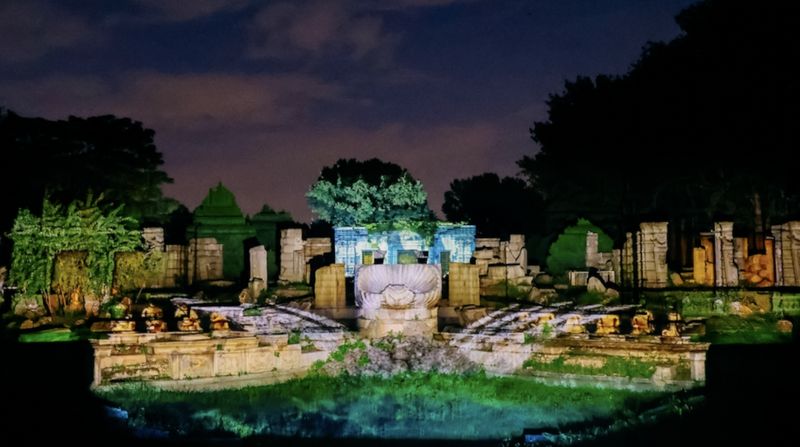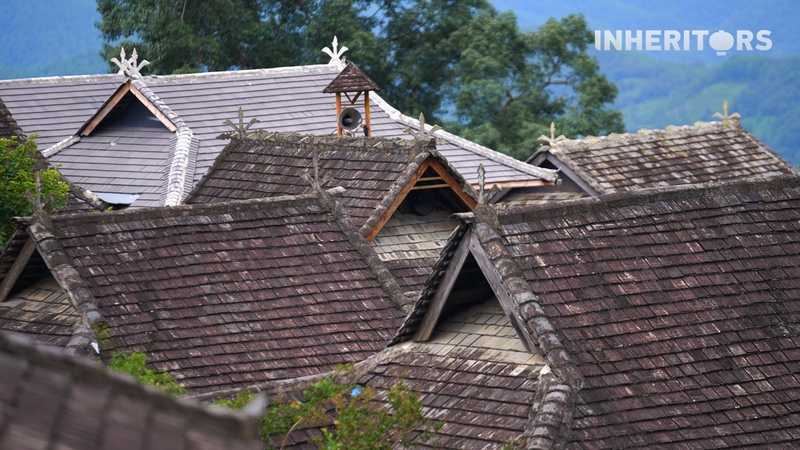In a landmark move for digital culture, the Chinese mainland’s Tsinghua Heritage Institute for Digitization and Italy’s Civita have joined forces to bring centuries-old treasures to screens around the globe. Launched in Beijing’s reinvented Shougang Park, their four-phase collaboration aims to redefine how audiences experience world heritage.
First up is a mesmerizing digital night tour of the Old Summer Palace (Yuanmingyuan), letting virtual visitors wander moonlit gardens and ornate pavilions once lost to time. Next, a state-of-the-art digital museum is rising on-site at Shougang Park, blending immersive storytelling with interactive exhibits. Beyond Beijing, Italy will host a China Pavilion exhibition, showcasing high-resolution 3D scans of Chinese mainland landmarks alongside contemporary Italian art. Finally, the partners will roll out World Heritage 100, a global initiative uniting cultural sites and digital platforms across borders.
For young global citizens and cultural tech enthusiasts, these projects offer a gateway to history without leaving home. By tapping AR, VR and 3D scanning technologies, the collaboration invites entrepreneurs and travelers alike to explore immersive experiences that were once unimaginable. It’s a prime example of how innovation can fuel both education and sustainable tourism.
Digital heritage has rocketed in popularity, especially among digital nomads scouting new travel plans online. Virtual visits surged during the pandemic, and today’s partnership underscores a broader trend: museums, monuments and festivals worldwide are leaning into tech to engage audiences across continents.
Looking ahead, the Tsinghua-Civita alliance plans to expand the platform, forging links with other cultural institutions and thought leaders. As palaces and pavilions go digital, this partnership is set to inspire a new generation of changemakers, bridging East and West through the shared language of heritage.
Reference(s):
Palaces and pavilions: China and Italy expand digital heritage ties
cgtn.com




